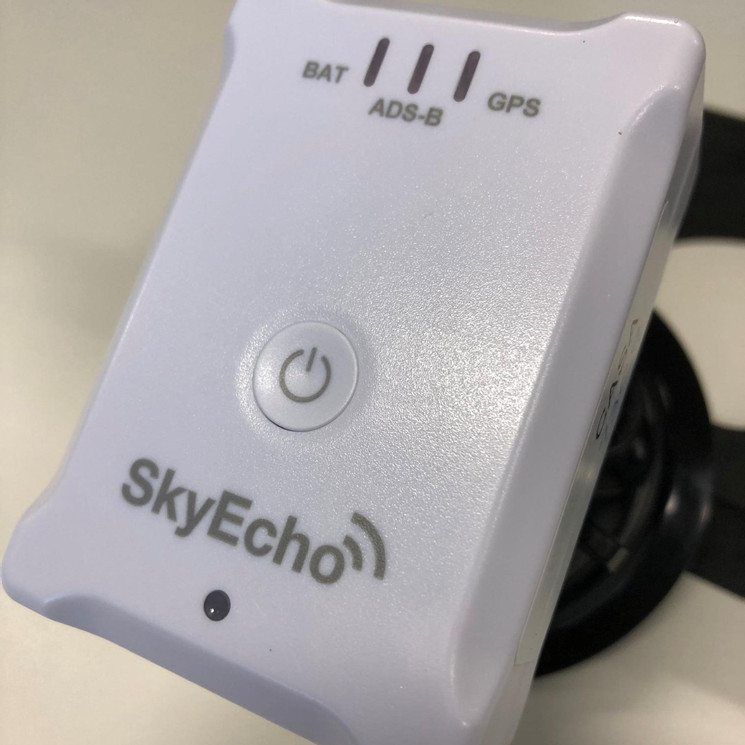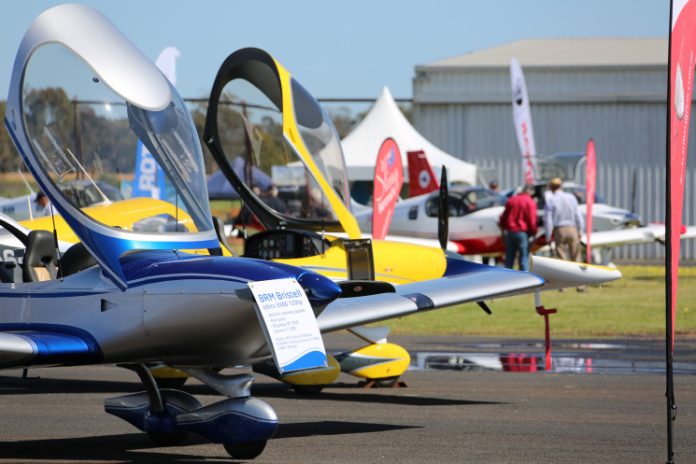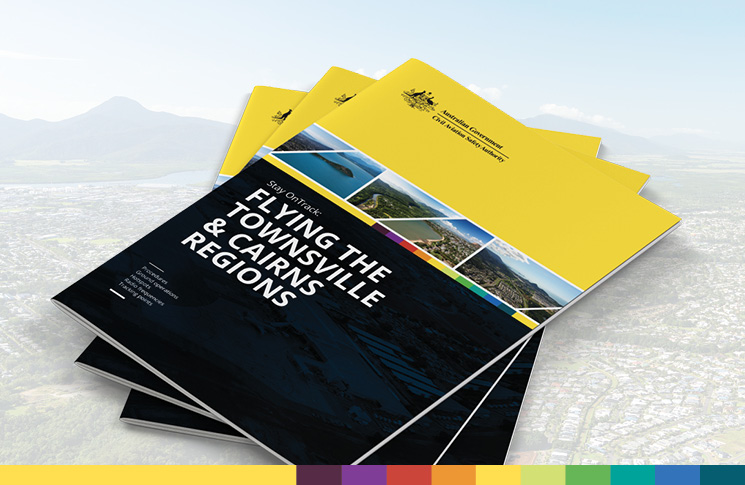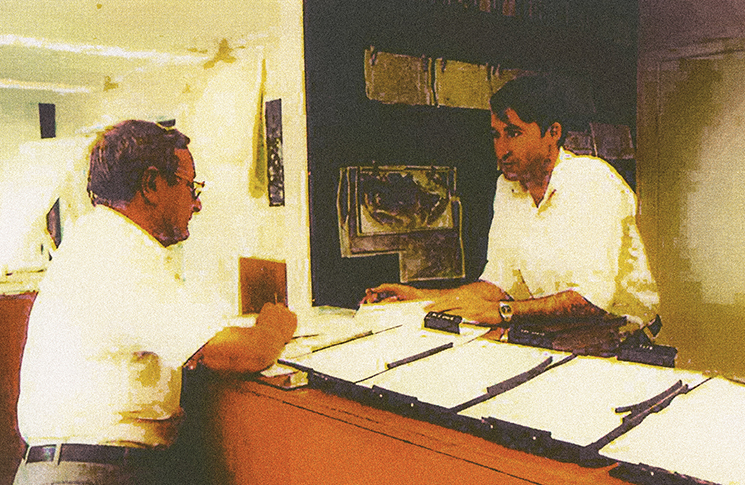Owners of general aviation and recreational aircraft don’t have to wait until June to take advantage of a federal government rebate slashing by up to half the cost of installing safety-enhancing automatic dependent surveillance-broadcast (ADS-B) aircraft location technology.
People who book their visual flight rules (VFR) aircraft in now to get certified ADS-B (out) equipment installed can still claim the rebate when the claims processing becomes available on June 17.
In fact, VFR aircraft owners who have had complying ADS-B equipment installed since December 20, 2021, may qualify for the rebate from the Department of Infrastructure, Transport and Regional Development, provided it was purchased on or after that date.
The rebate for the voluntary fitment of ADS-B (out) is part of a wider Aviation Recovery Framework released in 2021 by the federal government to assist the industry recover from the COVID-19 pandemic.
ADS-B (out) broadcasts data such as aircraft location, speed and altitude to ground stations used for air traffic control (ATC) and to other nearby airspace users equipped with ADS-B (in).
The $30-million ADS-B package runs until mid-2023 and covers 50 per cent of the cost of purchasing and installing ADS-B (out) up to a maximum rebate of $5,000. This means systems costing up to $10,000 can be installed at half price while those costing more will attract the maximum $5,000 rebate.
Although the cost of installing equipment varies from aircraft to aircraft, the Civil Aviation Safety Authority (CASA) estimates the median price of installing a good quality certified ADS-B (out) unit at about $8,000, or $4,000 after the rebate.
Many of these ADS-B units not only give aircraft an ADS-B capability that can be used by ATC and other airspace users, but include a new ‘free’ Mode S transponder – the old clunky Mode A/C transponder is removed from the aircraft.
By encouraging the adoption of ADS-B technology, the government aims to improve airspace management and situational awareness by boosting the number of VFR aircraft capable of transmitting location information in a form universally detectable by other airspace users.
CASA estimates that up to 12,500 VFR aircraft on the Australian aircraft register or belonging to an approved Australian sport aviation organisation could be eligible to take advantage of airspace safety improvements through this ADS-B program. The aircraft include general aviation aircraft, light sport aircraft, gliders, gyrocopters and balloons.
CASA officials see the rebate as a unique opportunity to improve Australia’s airspace safety.
‘ADS-B can significantly improve airspace safety and this rebate offers a discount of up to 50 per cent,’ said CASA Air Navigation, Airspace and Aerodromes Branch Manager Adrian Slootjes. ‘It’s like a Black Friday sale stretching over 18 months for anybody looking to upgrade the ADS-B avionics in their VFR aircraft.’

There are some caveats but in general terms, if a system is compliant with the Part 91 Manual of Standards 2020, it will likely be eligible. The rebate is available only to the registered owner of a crewed VFR aircraft that has a VH registration or is registered with an approved Australian sport aviation organisation.
Additionally, portable, low-power, lower-cost, ADS-B equipment designed to provide traffic information to other local airspace users, commonly known as ADS-B EC, is also eligible. A number of approved ADS-B EC units on the market simultaneously provide low power ADS-B (out) and ADS-B (in) functionality.
‘This is a great opportunity to upgrade to ADS-B (in). ADS-B (in) enables pilots to electronically “see” all nearby IFR aircraft and those VFR aircraft fitted with certified ADS-B or ADS‑B EC equipment,’ Slootjes said. ‘ADS-B (in) is a safety gamechanger for VFR pilots.’
The rebates are paid only after a system has been installed, tested, paid for by the owner and certified by the installer as ready for operational use. In the case of the portable ADS-B EC devices, the installation is usually pilot DIY and so the rebate applies only to the purchase price.
Aircraft operators wanting to take advantage of the deal are advised to get in early to offset delays due to the global shortage of computer chips and the availability of qualified installers. CASA strongly encourages aircraft owners to consider taking advantage of this opportunity without delay.
Details are available on business.gov.au/adsbrp






I have mode S transponder to install but what extra does ADSB OUT
involve? (old mode C failed)